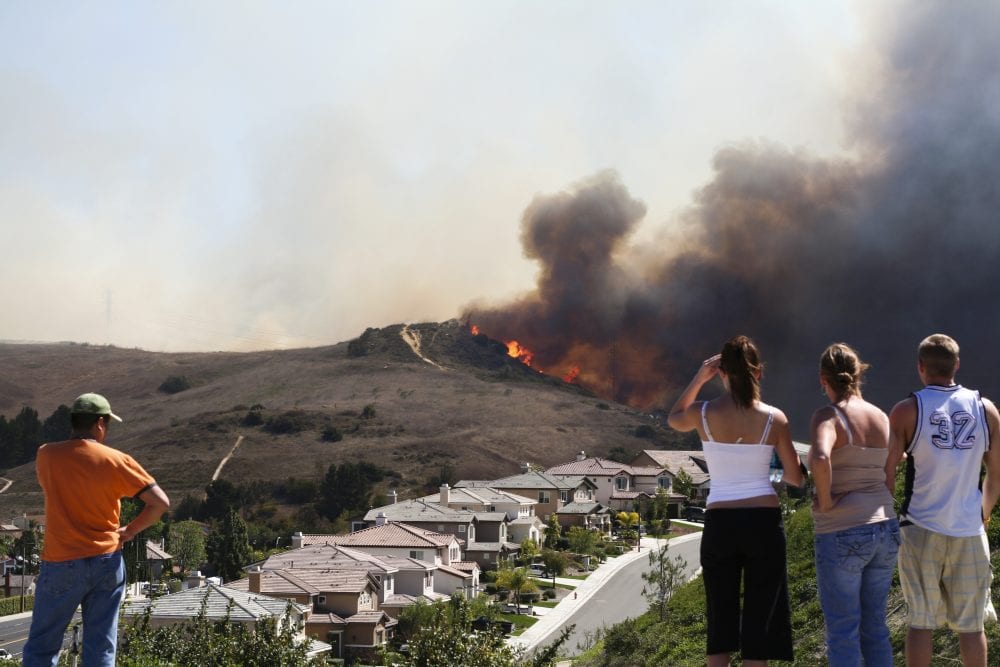A good place to begin emergency preparedness is by writing a Family Emergency Plan. Your Plan should include every member of your household. Ten essential actions for a family plan include:
- Learn the threats in your area. Utilize the California Governor’s Office of Emergency Service’s MyHazards tool to learn more.
- Identify meeting places for your family—somewhere outside your home or outside your neighborhood.
- Select your out-of-state contact.
- Know your evacuation routes. You should identify the quickest, safest way to leave your home.
- Know the location of utility shut-offs. In the event of an emergency, know how to turn off your water, gas and electricity.
- Know the emergency policies of schools and adult-care centers, especially emergency shelters and supplies, and transportation.
- Identify safe spots in each room to take cover, if needed. Under sturdy tables and desks, or against interior walls are the safest places.
- Keep an inventory of extra medications that you and your loved ones may need in the event of an emergency and/or disaster.
- Make special provisions for children, seniors, pets, people with disabilities, and non-English speakers.
- Schedule annual disaster drills and exercise your family’s emergency plan.


